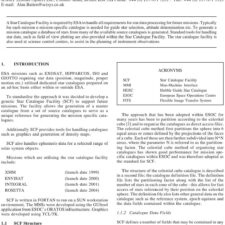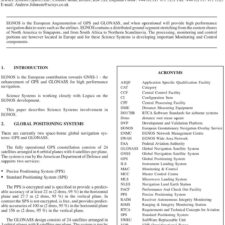Concepts for Near-Earth Asteroid Deflection using Spacecraft with Advanced Nuclear and Solar Electric Propulsion Systems
£5.00
R. Walker; D. Izzo; C. de Negueruela; L. Summerer; M. Ayre; M. Vasile (2005), JBIS, 58, 268-278
Refcode: 2005.58.268
Abstract:
The near-Earth object population, composed mostly of asteroids rather than comets, poses an impact hazard to Earth. Space technology is reaching a sufficient level of capability and maturity where the deflection of an Earth impactor may be possible within the next decades. The paper focuses on assessing the maximum deflection capability (minimum response time) that could be achieved with a rendezvous/landed spacecraft, using electric propulsion and nuclear/solar power technologies likely to be available in the near-term, within the constraints of a single heavy launch into low Earth orbit. Preliminary design concepts are presented for large, high-power nuclear and solar electric spacecraft, based on a trade-off analysis of power/ propulsion technology options and an optimisation of the complete mission design to the minimise the total response time for a representative impactor/deflection scenario. High specific impulse gridded-ion engines show significantly improved mission performance over Hall effect thrusters due to the high delta-V requirements for Earth spiral out, rendezvous, spin axis re-orientation and deflection. Amorphous silicon thin film solar arrays perform substantially better than conventional high cell efficiency alternatives. It was found that solar electric spacecraft could achieve lower total response times for the deflection than a nuclear electric spacecraft of the same initial mass, if the asteroid perihelion is much lower than the Earth. The comparison is expected to be much closer if the asteroid perihelion is near the Earth. Both systems were found to provide effective deflection capabilities for small/moderate-size impactors.





